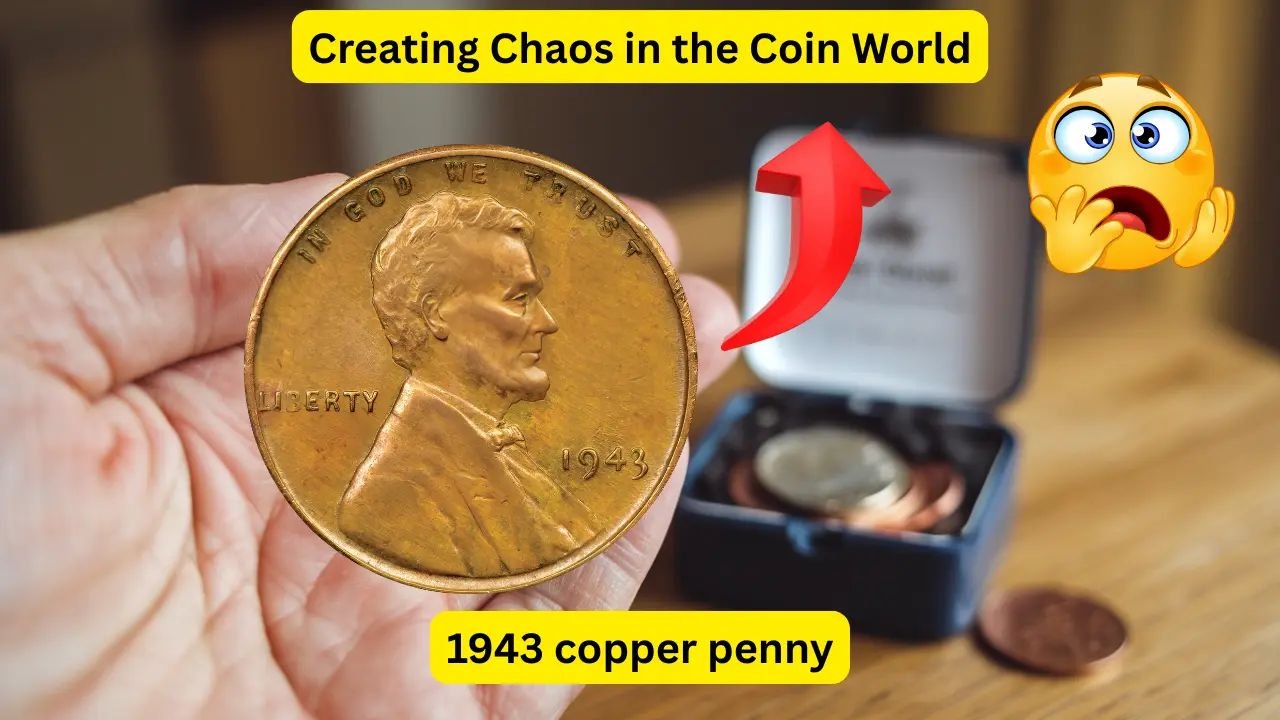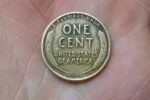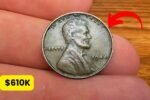1943 Copper Penny Is Creating Chaos: In the vast and ever-evolving world of coin collecting, few discoveries generate as much excitement as the 1943 copper penny. At first glance, it may seem like just another old coin, but to collectors, historians, and treasure hunters, this particular penny has become a symbol of rarity and intrigue. Its unexpected existence and staggering value have sparked a wave of fascination—and a fair bit of chaos—across the numismatic community.
A Wartime Mistake Turned Numismatic Legend
During World War II, copper was a critical resource needed for ammunition and military equipment. To conserve supplies, the U.S. Mint switched from copper to zinc-coated steel for penny production in 1943. Millions of these steel cents were minted, distinguishable by their silvery appearance. However, in a rare oversight, a small number of pennies were accidentally struck on leftover copper planchets from 1942. These coins were never supposed to exist, making them one of the most famous mint errors in U.S. history.
Experts believe only about 20 to 40 genuine 1943 copper pennies are still in existence today, a minuscule fraction compared to the over one billion steel pennies produced that year. This extreme rarity, combined with the mystery of how they slipped past quality control, has cemented their status as one of the most sought-after coins among collectors.
Record-Breaking Sales and Renewed Interest
Recent high-profile auctions have thrust the 1943 copper penny back into the spotlight. One verified specimen sold for an astonishing $1.7 million, while another changed hands for $840,000 in a private sale. These staggering figures have reignited public curiosity, prompting many to scour old coin jars, inherited collections, and even flea markets in hopes of stumbling upon one.
Social media platforms are buzzing with stories of hopeful discoveries, as people share images of coins they believe might be the real deal. The idea that a single penny—often dismissed as loose change—could be worth a fortune has captivated everyone from seasoned collectors to casual observers.
The Dark Side of the Hype: Counterfeits and Scams
Unfortunately, the surge in demand has also led to an increase in counterfeit coins. Unscrupulous individuals have tried to pass off altered steel pennies by coating them in copper or modifying dates from other years. This flood of fakes has overwhelmed authentication services, with grading companies reporting a sharp rise in verification requests.
Collectors are being advised to exercise caution and seek professional authentication before assuming they’ve found a genuine 1943 copper penny. Reputable grading services can determine whether a coin is authentic or an elaborate forgery, helping to separate true treasures from clever imitations.
Why This Coin Captivates the Imagination
Beyond its monetary value, the 1943 copper penny represents a unique piece of history—a tangible artifact from a time when the nation’s priorities shifted dramatically. It embodies the unpredictability of minting processes and the thrill of discovering something extraordinary in the most ordinary places. For many, the allure isn’t just about wealth but about holding a rare piece of the past.
A Lasting Phenomenon
The 1943 copper penny may be small in size, but its impact on the world of numismatics is immeasurable. As interest continues to grow, the line between genuine discovery and wishful thinking becomes increasingly blurred. Whether this frenzy will fade or inspire a new generation of collectors remains to be seen. But one thing is certain: this humble penny has transcended its face value, becoming a legend in its own right.
And who knows? Somewhere out there, another one might still be waiting to be found.



